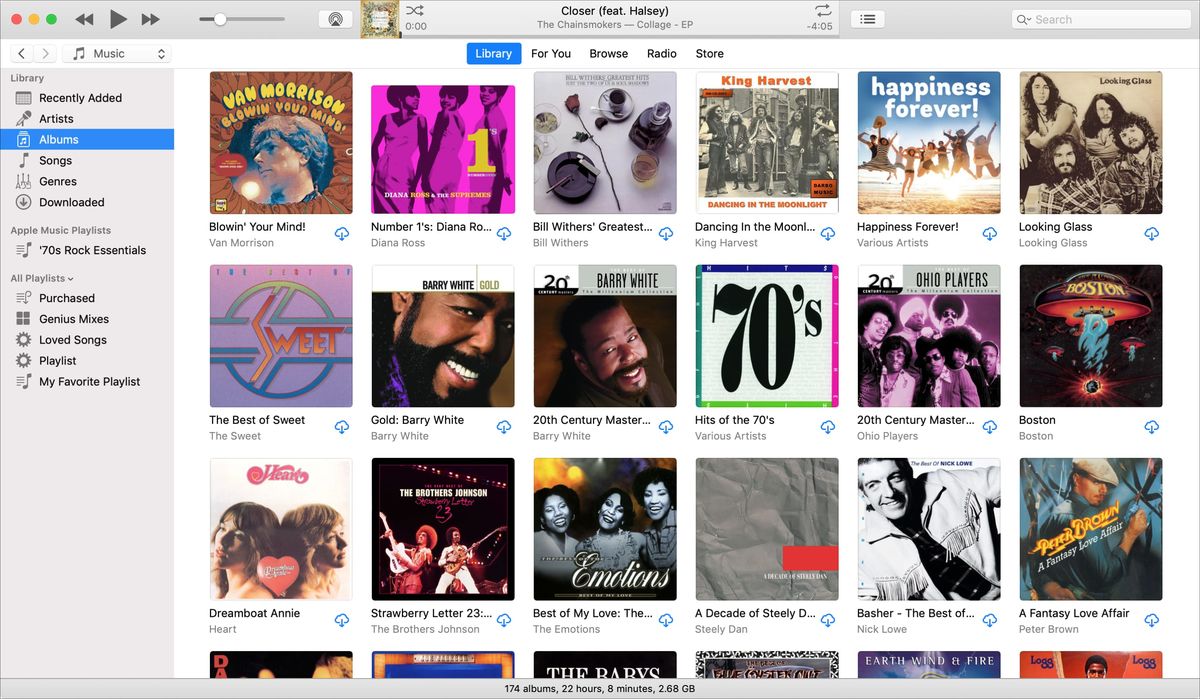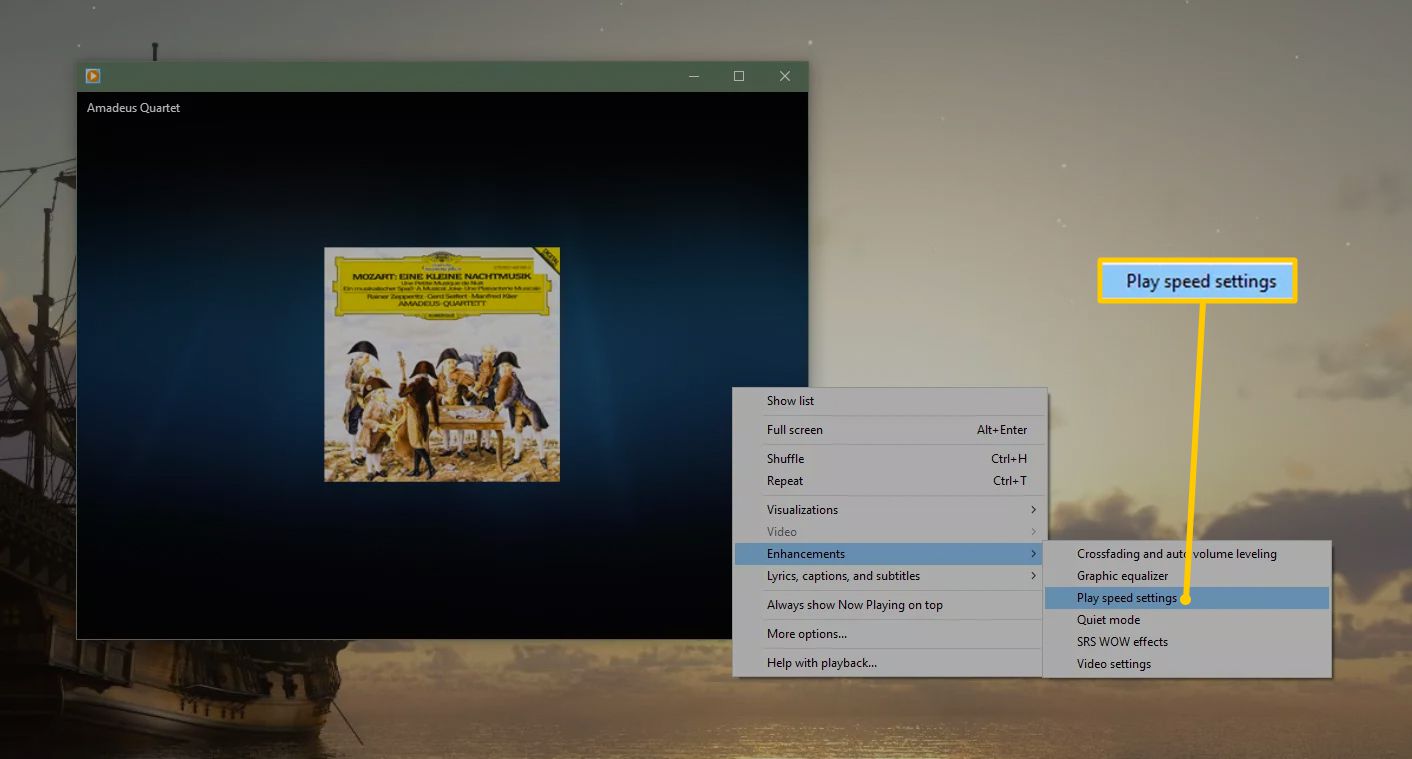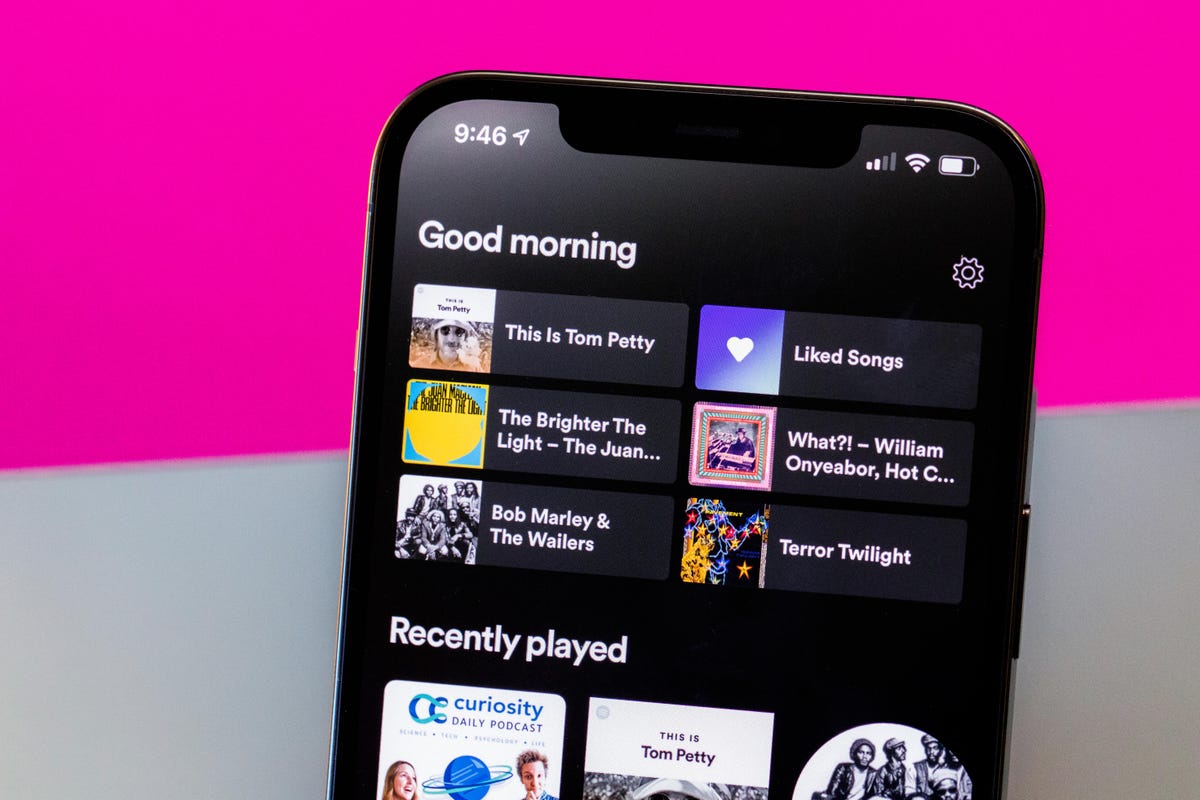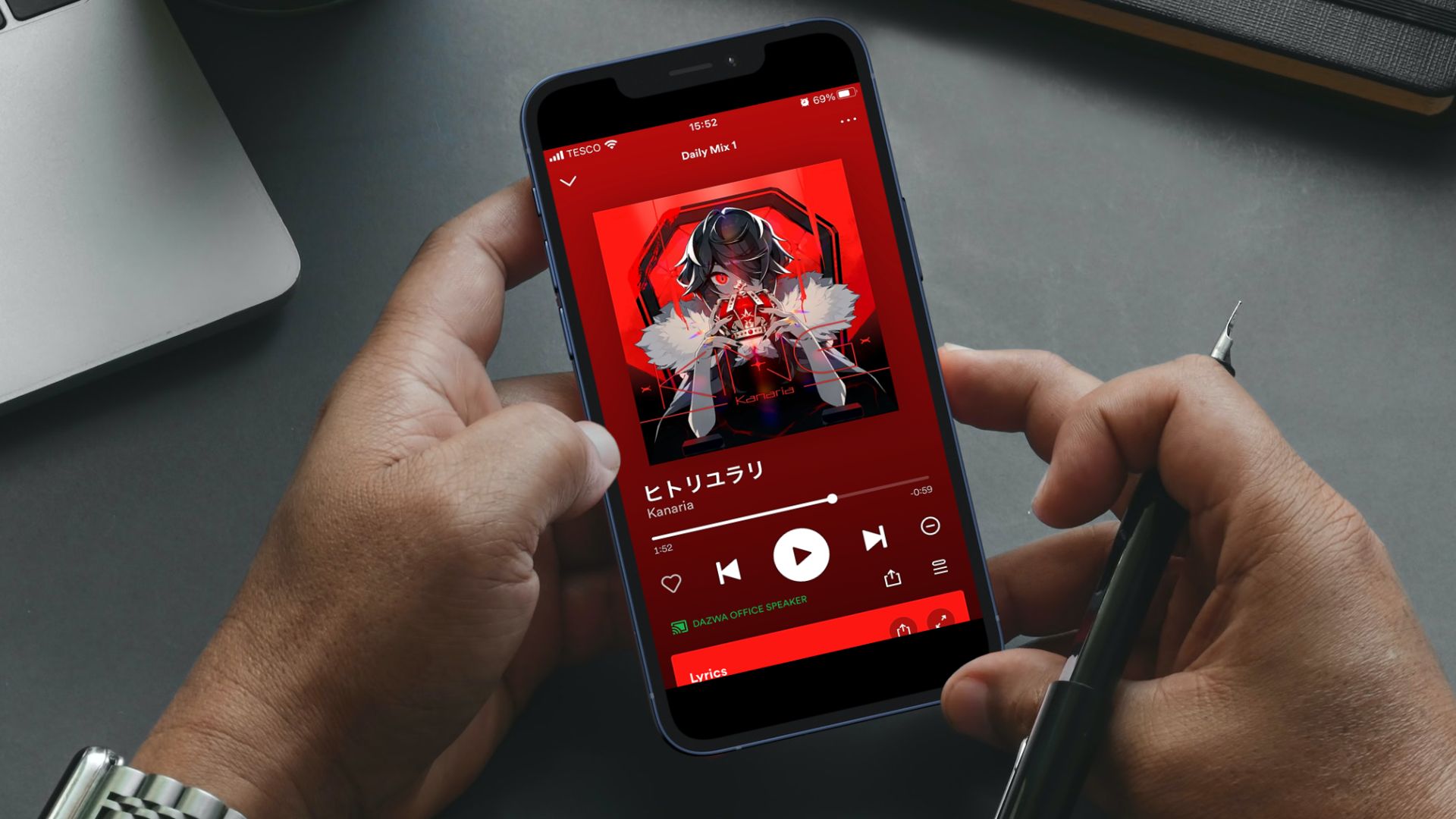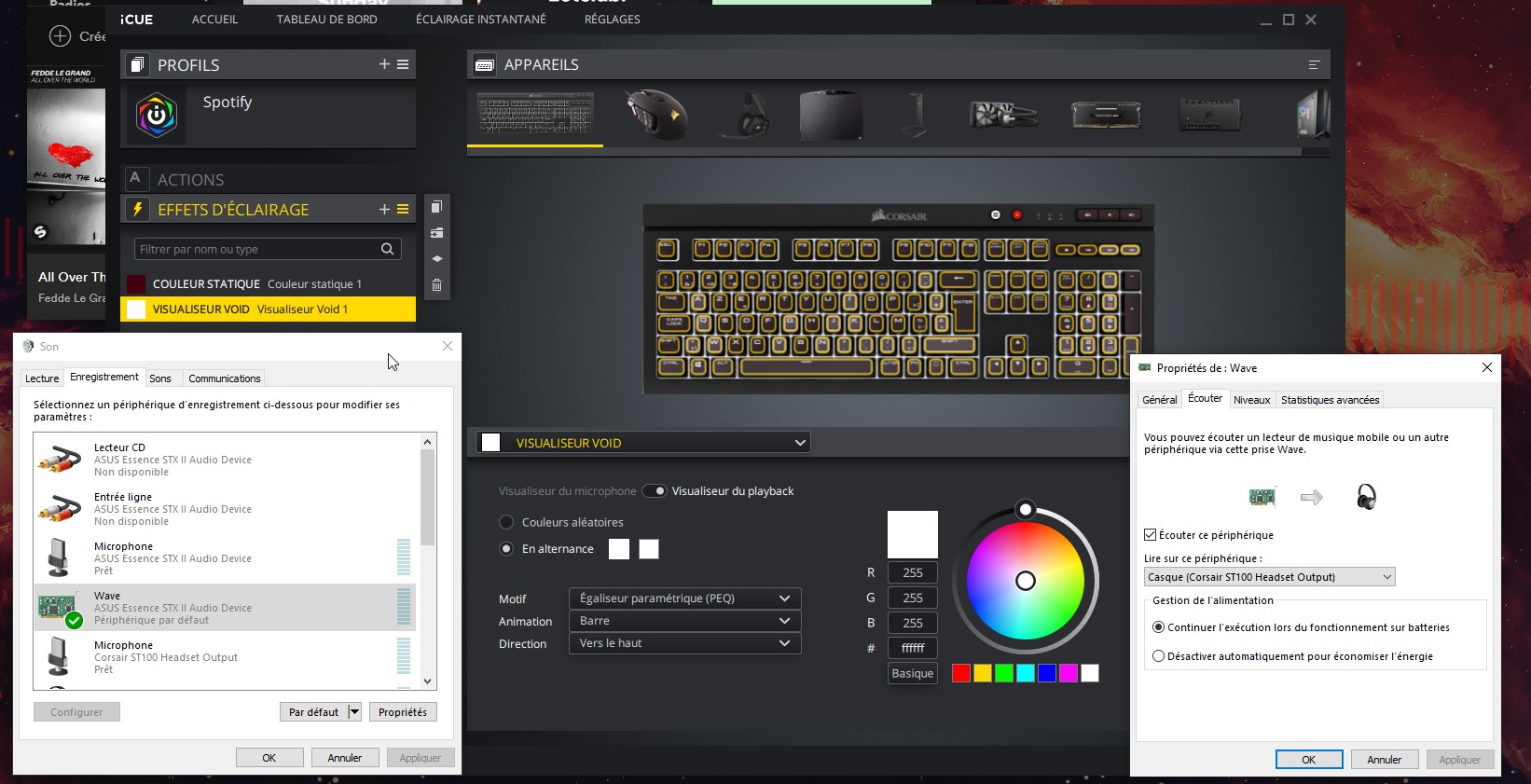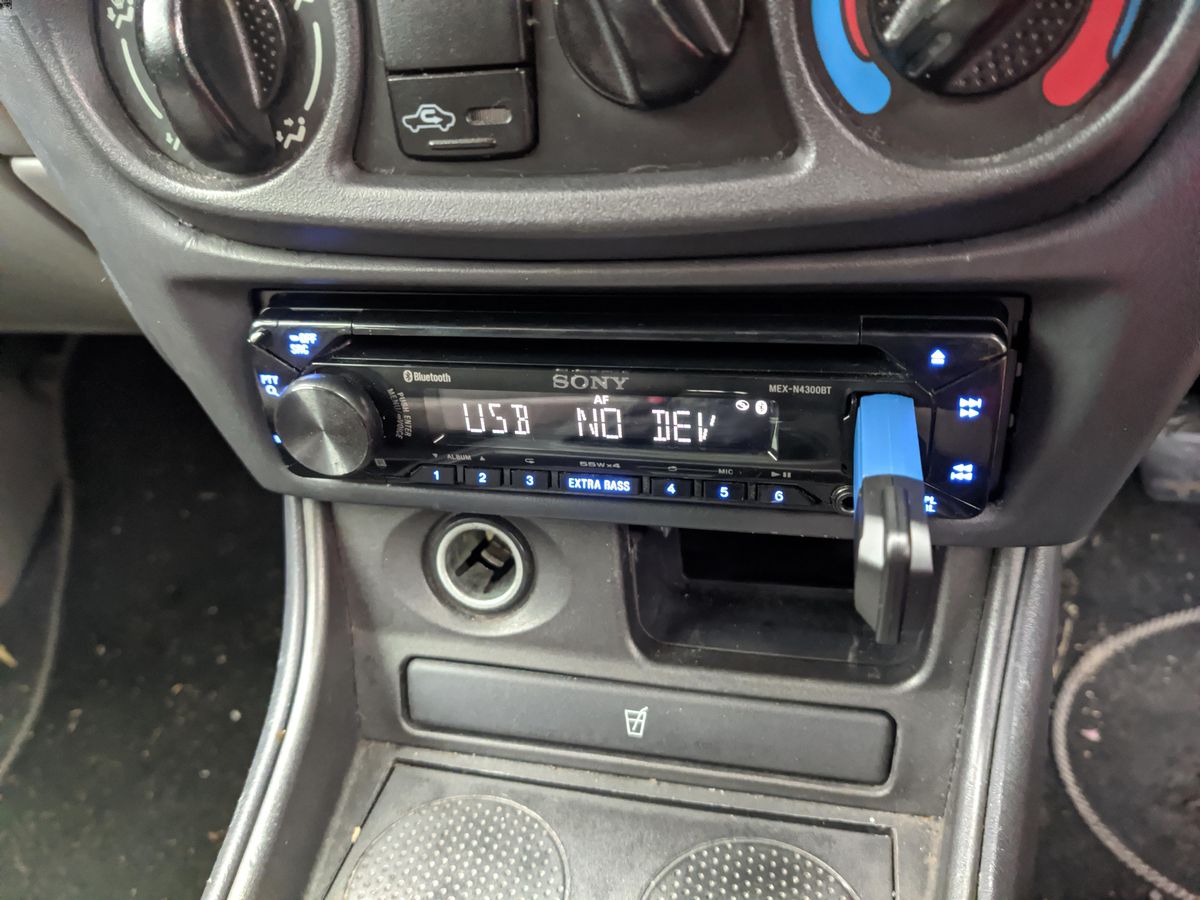Home>Events & Info>Playback>What Is USB Playback


Playback
What Is USB Playback
Modified: January 22, 2024
Discover the convenience of USB playback and enjoy your favorite media files on the go. Find out more about the benefits and compatibility of playback through USB devices.
(Many of the links in this article redirect to a specific reviewed product. Your purchase of these products through affiliate links helps to generate commission for AudioLover.com, at no extra cost. Learn more)
Table of Contents
Introduction
USB playback has revolutionized the way we consume media. Gone are the days when we had to rely solely on traditional media players like CDs and DVDs to enjoy our favorite movies, music, and videos. With USB playback, we can now access and play media files directly from a USB device, such as a flash drive or an external hard drive, on various electronic devices.
USB, which stands for Universal Serial Bus, has become a ubiquitous technology that allows for the easy transfer and storage of data. USB playback takes advantage of this technology to enable users to enjoy their media files on a wide range of devices, including smart TVs, gaming consoles, media players, and even car stereos.
In this article, we will explore what USB playback is, how it works, the advantages and limitations of using USB playback, the devices that support it, and some tips for optimizing USB playback performance. Whether you’re a tech-savvy user or a casual media consumer, understanding USB playback will help you make the most out of your digital entertainment experience.
Definition of USB Playback
USB playback refers to the ability to play media files directly from a USB storage device, such as a USB flash drive or an external hard drive, on various electronic devices. It allows users to access and enjoy their favorite movies, music, photos, and videos without the need for physical media like CDs or DVDs.
This functionality is made possible by the USB interface, which is a widely adopted technology for connecting devices and transferring data. USB ports are commonly found on devices such as smart TVs, gaming consoles, media players, Blu-ray players, and car stereos, enabling users to connect their USB storage devices and access the media files stored on them.
USB playback supports a wide range of media file formats, including popular formats like MP3, MP4, AVI, MKV, JPEG, and many others. This versatility allows users to enjoy a variety of media content, from their favorite music albums to high-definition movies, all from the convenience of a USB device.
The process of USB playback typically involves connecting the USB storage device to the compatible electronic device’s USB port. Once connected, the device recognizes the USB storage and provides access to the media files. Users can then navigate through the files and select the desired content to play or view on the device’s screen or speakers.
USB playback offers a user-friendly and convenient way to enjoy media content. It eliminates the need for physical media, reducing clutter and the hassle of carrying around multiple discs. Moreover, with the increasing availability of larger capacity USB storage devices, users can carry a vast library of media files in their pocket, ready to be played on any compatible device.
How USB Playback Works
USB playback works by connecting a USB storage device, such as a flash drive or an external hard drive, to a compatible electronic device with a USB port. The electronic device recognizes the USB storage and allows users to access and play the media files stored on it.
When a USB device is connected, the electronic device analyzes its file system and identifies the supported media file formats. This information is then used to create a user interface through which users can browse and select the media files they want to play.
Once the media files are selected, the electronic device utilizes its built-in decoding capabilities or software to decode and render the media content in real-time. This decoding process converts the compressed audio or video data stored on the USB device into a format that can be played and displayed on the device’s screen or speakers.
The playback experience may vary depending on the capabilities of the electronic device. Higher-end devices with advanced processing power and audio/video codecs can deliver smoother playback and support a wider range of file formats and resolutions. Conversely, lower-end devices may have limitations regarding supported file formats or may struggle with high-definition content.
Some electronic devices also provide additional features during USB playback, such as the ability to create playlists, view metadata information, or apply custom audio or video settings. These features enhance the user experience and allow for more personalized playback options.
The connection between the USB storage device and the electronic device is typically handled by a USB cable, which ensures a stable and reliable data transfer. However, in recent years, wireless technologies like Wi-Fi and Bluetooth have also been integrated into certain electronic devices, allowing for wireless USB playback. This enables users to stream media files from a USB device to their electronic device without the need for a physical connection.
Overall, USB playback simplifies the process of accessing and enjoying media files. By eliminating the need for physical media and offering support for a wide range of file formats, it provides a convenient and versatile solution for consuming digital media content on various electronic devices.
Advantages of USB Playback
USB playback offers several advantages that make it a popular choice for consuming media content:
- Portability: One of the major benefits of USB playback is its portability. USB storage devices are compact and light, making it easy to carry your favorite media files wherever you go. Whether you’re traveling, visiting a friend’s house, or going on a road trip, you can simply plug in your USB device and enjoy your movies, music, or videos on any compatible device.
- Convenience: USB playback eliminates the need to carry around physical media like CDs or DVDs. With USB storage, you have the flexibility to store a vast library of media files in one device, without the hassle of swapping discs. This convenience allows for easy access to your favorite content without the need for additional equipment.
- Compatibility: USB playback is widely supported across various electronic devices. From smart TVs and Blu-ray players to gaming consoles and car stereos, many devices are equipped with USB ports that allow for direct playback. This compatibility ensures that you can enjoy your media files on a wide range of devices without the need for additional adapters or converters.
- Flexibility of File Formats: USB playback supports a wide range of media file formats, including popular ones like MP3, MP4, AVI, MKV, JPEG, and more. This versatility allows you to play different types of media, from music and movies to photos and videos, all from the same USB device. You don’t have to worry about file format compatibility issues, as long as your device supports the specific format.
- Higher Quality Playback: USB playback allows for high-quality media playback. With USB storage, you can store high-definition movies or lossless audio files, delivering superior audio and video quality compared to traditional media formats. This is especially beneficial for enthusiasts who appreciate a rich and immersive media experience.
Overall, USB playback offers convenience, portability, compatibility, and flexibility in accessing and enjoying media content. It simplifies the process of media consumption and provides the freedom to enjoy your favorite movies, music, and videos on various devices, all from a single USB device.
Limitations of USB Playback
While USB playback offers numerous advantages, it also has some limitations that users should be aware of:
- Storage Capacity: The storage capacity of USB devices may limit the number of media files you can carry and play at a given time. While USB storage capacities have significantly increased over the years, there may still be limitations in terms of the number and size of files you can store. This can be a constraint if you have a large media library and want to carry it all with you.
- File Compatibility: While USB playback supports a wide range of file formats, not all devices can play all file types. Some devices may have restrictions on the supported audio or video codecs, which can limit the compatibility of certain file formats. It’s important to check the device specifications or user manual to ensure that the specific file formats you want to play are supported.
- Playback Performance: The performance of USB playback can vary depending on the device. Lower-end devices with limited processing power or older firmware may struggle with smooth playback, especially for high-definition content or large file sizes. In some cases, there may be compatibility issues or playback errors that can affect the overall experience.
- No Streaming: USB playback does not provide streaming capabilities like online streaming platforms do. You need to have the media files stored on a USB device in order to play them. This means that you cannot stream content directly from the internet or access online services while using USB playback. It is primarily a local playback solution.
- Updates and Firmware Compatibility: Sometimes, firmware updates may be required for the device to support certain file formats or improve playback performance. However, not all devices receive regular firmware updates, and older devices may no longer receive updates at all. This can result in compatibility issues with newer file formats, limiting the playback capabilities of the device over time.
Despite these limitations, USB playback remains a popular and versatile method for enjoying media files. By being aware of these limitations and taking them into consideration when choosing devices and managing media files, users can maximize their USB playback experience.
Common Devices That Support USB Playback
USB playback is supported by a wide range of electronic devices, enabling users to enjoy their media files on various platforms. Here are some common devices that typically support USB playback:
- Smart TVs: Many smart TVs feature USB ports, allowing users to connect their USB storage devices and play media files directly on the TV. This provides a convenient way to enjoy movies, TV shows, and other video content on a larger screen without the need for additional media players.
- Media Players: Dedicated media players, such as the Apple TV or Roku, often have USB ports that support USB playback. These devices allow for seamless streaming and playback of media files from USB storage, providing access to a wide range of streaming services along with the convenience of USB playback.
- Blu-ray Players: Blu-ray players typically come equipped with USB ports, allowing users to connect their USB devices and play media files directly through the player. This gives users the flexibility to enjoy movies, music, and other content without the need for physical discs.
- Gaming Consoles: Popular gaming consoles like the PlayStation and Xbox feature USB ports that support USB playback. This allows gamers to not only play their favorite video games but also enjoy movies, music, and other media files stored on their USB devices.
- Car Stereos: Many modern car stereos come with USB ports, enabling users to connect their USB devices and enjoy music while driving. USB playback in car stereos allows for easy access to your favorite music files without the need for CDs or other physical media.
- Portable Media Players: Portable media players, such as iPods or MP3 players, often have USB connectivity for data transfer and USB playback. These devices are designed specifically for on-the-go entertainment, allowing users to carry their music or video collection in a portable device.
- Digital Photo Frames: Certain digital photo frames come equipped with USB ports, enabling users to display their photo slideshows directly from a USB device. USB playback in digital photo frames provides a convenient way to showcase cherished memories in a digital format.
It’s important to note that while these devices may support USB playback, the specifics of supported file formats and playback capabilities may vary. It’s always recommended to check the user manual or product specifications to ensure compatibility with your preferred media file formats.
Differences Between USB Playback and Other Playback Methods
USB playback offers distinct advantages and differences compared to other playback methods. Here are some key differences between USB playback and other popular playback methods:
- Physical Media: Unlike traditional playback methods that rely on physical media, such as CDs, DVDs, or Blu-ray discs, USB playback eliminates the need for physical discs. Instead, media files are stored on a USB storage device, providing a more convenient and portable solution.
- Portability and Flexibility: USB playback allows for greater portability and flexibility compared to other methods. With USB storage, users can carry a vast library of media files in a compact device, ready to be played on different devices that support USB playback. This flexibility is especially useful for travelers or individuals who frequently switch between various playback devices.
- File Compatibility: USB playback supports a wide range of media file formats, including popular formats like MP3, MP4, AVI, and MKV, among others. This wide compatibility ensures that users can play their media files without worrying about format compatibility issues. In contrast, other playback methods may have limitations on supported file formats, requiring users to convert or use specific media formats for playback.
- Convenience and Ease of Use: USB playback offers a convenient and user-friendly experience. Simply plug in a USB device, and the supported device recognizes and provides access to the media files. This eliminates the need for complex setup or installation processes that may be required for other playback methods, such as installing software, configuring network connections, or dealing with tedious disc swapping.
- Streaming Capabilities: While USB playback allows for local playback of media files stored on the USB device, it does not provide streaming capabilities like online streaming services or network media players. With other playback methods like streaming devices or online platforms, users can access a vast library of content from the internet, offering a wider range of media options.
- Quality and Control: USB playback provides users with more control over the quality of their media playback. Users can ensure that their media files are of high quality and can play them at their desired resolutions, bitrates, or audio settings. Other playback methods, such as online streaming, may be subject to internet speed or compression limitations, which can affect the overall quality of the media stream.
These differences make USB playback an attractive option for users seeking convenience, flexibility, and control over their media playback experience. However, it’s worth noting that each playback method has its own strengths and limitations, and the choice ultimately depends on personal preferences and the specific requirements of the media content being accessed.
Tips for Optimizing USB Playback Performance
To ensure smooth and optimal USB playback performance, here are some helpful tips:
- Choose a High-Quality USB Device: Invest in a high-quality USB storage device that offers fast data transfer rates and reliable performance. This can help prevent issues such as lag, buffering, or playback interruptions during USB playback.
- Format the USB Device Correctly: Before storing media files on your USB device, make sure to format it using the appropriate file system (e.g., FAT32 or exFAT) recommended by the device manufacturer or the specifications of the playback device. Improper formatting can lead to compatibility issues or errors during playback.
- Organize and Optimize Media Files: Keep your media files organized in a logical folder structure on the USB device. This will make it easier to navigate and find specific files during playback. Additionally, it’s recommended to optimize media files by using appropriate video and audio codecs, bitrates, and resolutions compatible with the playback device to ensure smooth playback performance.
- Update Firmware and Device Drivers: Regularly check for firmware updates for both the USB device and the playback device. Updated firmware can provide bug fixes, performance improvements, and enhance compatibility with new file formats or codecs. Similarly, keep the device drivers of your playback device up to date to ensure smooth USB playback performance.
- Keep the USB Device Virus-Free: Use reputable antivirus software to scan the USB device regularly. Viruses or malware on the USB device can potentially impact the performance of the playback device or cause playback issues. Keeping the USB device clean and free from viruses will help maintain optimal playback performance.
- Properly Eject the USB Device: Always eject the USB device properly from the playback device before physically removing it. Incorrectly removing the USB device without properly ejecting it can lead to data corruption or file system errors, resulting in playback issues or data loss.
- Check for Device Limitations: Different playback devices may have specific limitations or restrictions on supported file formats, resolutions, or file size. It’s essential to check the device’s user manual or specifications to ensure that the USB device and media files meet the requirements for smooth playback.
- Close Background Applications: When playing media files from a USB device, close any unnecessary applications or processes running in the background on the playback device. This can help free up system resources and optimize the performance of the device, ensuring smooth USB playback.
- Monitor USB Device Health: Periodically check the health of your USB device using diagnostic tools or software. This will help identify any potential issues with the device and allow for timely data backup and replacement if needed.
By following these tips, you can optimize USB playback performance, ensuring a seamless and enjoyable media playback experience from your USB device.
Conclusion
USB playback has transformed the way we consume media, offering a convenient and versatile method for playing our favorite movies, music, and videos. With the ability to access media files directly from a USB storage device, users can enjoy their digital content on a wide range of electronic devices, including smart TVs, gaming consoles, media players, and car stereos.
USB playback provides several advantages, such as portability, convenience, file format flexibility, and higher quality playback. It eliminates the need for physical media like CDs or DVDs, allowing users to carry their media library in a compact USB device. The wide compatibility of USB playback with different file formats ensures that users can enjoy their media files without worrying about format compatibility issues.
However, USB playback also has its limitations, such as storage capacity constraints, file format compatibility restrictions, and device performance variations. Users should be mindful of these limitations and consider their specific needs when choosing devices and managing media files.
Common devices that support USB playback include smart TVs, media players, Blu-ray players, gaming consoles, car stereos, portable media players, and digital photo frames. The wide range of devices that support USB playback allows users to enjoy their media files on different platforms while maintaining the convenience and flexibility of USB storage.
To optimize USB playback performance, users can follow various tips, including choosing high-quality USB devices, correctly formatting the USB device, organizing and optimizing media files, keeping firmware and device drivers up to date, and properly ejecting the USB device.
In conclusion, USB playback offers a user-friendly, convenient, and portable solution for accessing and enjoying media files. It has simplified the way we consume digital content, providing a seamless experience across a wide range of devices. Whether you’re traveling, relaxing at home, or driving in your car, USB playback enables you to enjoy your favorite movies, music, and videos with ease.


